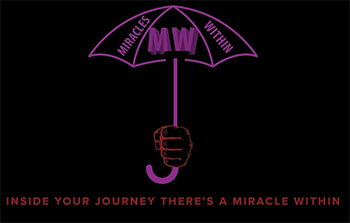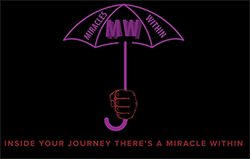Defined as exaggerated, involuntary, and irrational fears of particular situations or things, phobias are generally divided into three separate types.
Specific (or simple) phobia-this type of phobia is brought about by a specific object or situation such as flying, heights, needles, or snakes. Specific phobias are generally more common in women than in men and usually first appear during childhood.
Social phobia (social anxiety disorder)-limited specifically to social situations, this particular phobia is typified by extreme fear of meeting new people and of being embarrassed, humiliated, or judged by others. Social phobia appears to be diagnosed equally among the sexes. Usually first appearing in mid-teens, social phobia sometimes arises from a history of childhood shyness.
A diagnosis of specific or social phobia requires that exposure to the feared object or situation induces anxiety (often in the form of panic attacks), that the individual experiencing the phobia recognizes the irrational nature of their fear, and that the anxiety caused by the phobia become disruptive to the individual’s lifestyle.
Agoraphobia-those with agoraphobia have an intense fear of being trapped in particular places or situations or of not being able to find help if they experience anxiety or a panic attack. Fears of those with this type of phobia often center on being alone in an open area or being in a large crowd. Often, those with agoraphobia avoid such situations altogether; being subjected to such situations causes notable anxiety or panic.
It is important to remember that diagnosed phobias cause severe impairment-everyone has certain fears and experiences times of shyness and anxiety.




